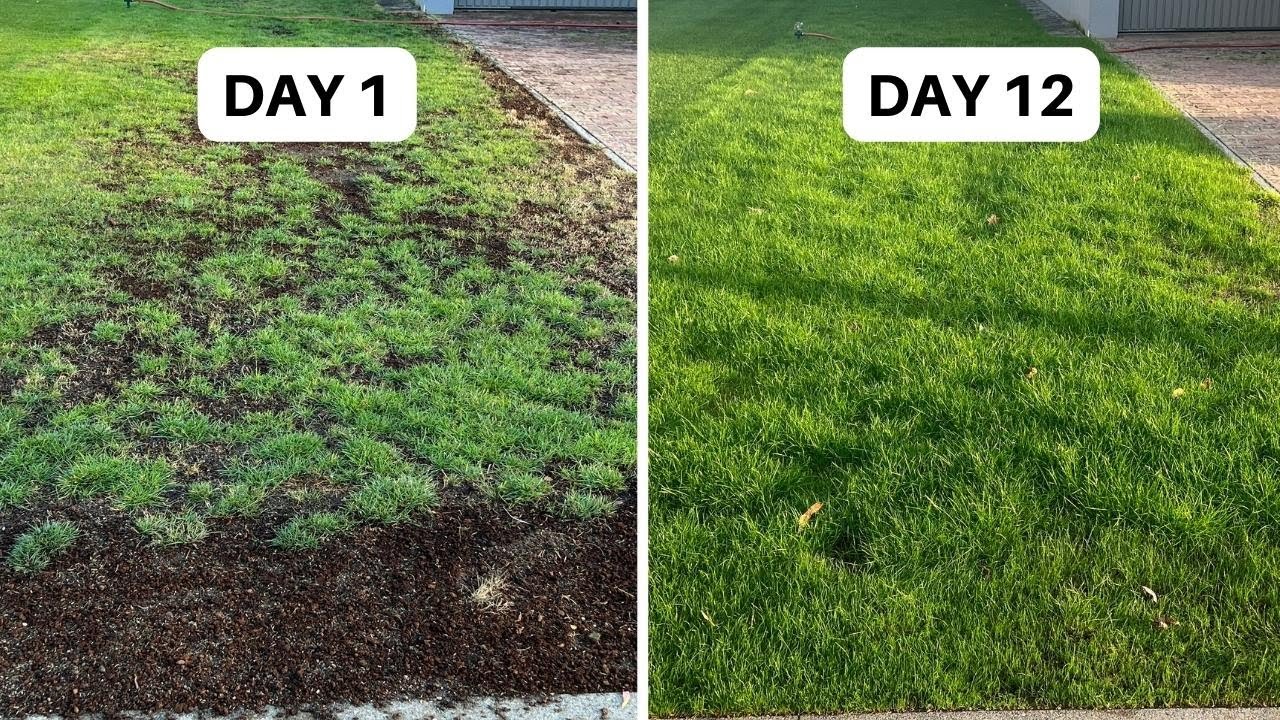How to Sharpen Lawn Mower Blades Like a Pro
Understanding the Importance of Sharp Lawn Mower Blades
When it comes to maintaining a beautiful, lush lawn, the condition of your lawn mower blades plays a crucial role. Sharp blades are essential for a clean cut, which not only enhances the appearance of your grass but also contributes to its overall health. Dull blades tear at the grass rather than providing a clean cut, leading to ragged edges that can cause stress to the plants. This stress can ultimately result in a lawn that is susceptible to disease and pests. By keeping the blades of your mower sharp, you are ensuring that your lawn receives the optimal care it needs to thrive.

Moreover, using sharp mower blades can significantly reduce the amount of time and effort required to mow your lawn. When blades are sharp, they easily slice through grasses, making mowing quicker and more efficient. Conversely, dull blades make the task labor-intensive as the mower struggles to cut through the grass, requiring more passes and extra energy to finish the job. This inefficiency not only wastes time but can also lead to mechanical issues with the mower over time as it works harder than necessary.
Additionally, the right sharpening techniques can enhance the longevity of your mower blades. Proper maintenance practices ensure that the blades remain effective and minimize the frequency with which they need to be replaced. Regular sharpening sessions, ideally at the beginning of each mowing season, will help maintain the cutting edge, supporting good lawn care practices. In this comprehensive guide, we will delve into the step-by-step process of sharpening lawn mower blades like a pro, along with essential tips for maintaining blade performance, safety precautions, and common questions that may arise during the process.
Gathering the Right Tools and Materials
The first step in sharpening your lawn mower blades is gathering the right tools and materials. It’s essential to have the necessary equipment to ensure the process goes smoothly and efficiently. Some essential tools include a wrench, a sharpening stone or file, a vice grip or clamp, and safety gear such as gloves and safety glasses. Having these tools at your disposal can make the sharpening process not only easier but also safer. Sharp blades can be dangerous if handled improperly, so safety gear is crucial.
You will need a wrench that fits the nuts securing the blades to the mower deck. This will typically require a socket or open-end wrench, depending on your mower model. A sharpening stone or a flat file is vital for honing the edge of the blades. A grinder can also be used for significantly dull blades; however, it requires skill to avoid overheating or warping the blade. It is better to start with moderate wear and gradually sharpen the blade to preserve its sturdiness and effectiveness.
Lastly, consider using a magnetic or handheld rake to gather any debris from under the mower. Not only does this make the workspace cleaner, but it also ensures that any grass clippings, dirt, or other build-up do not interfere with the sharpening process. Having all your tools ready before starting will lead to a more effective and less frustrating sharpening experience.

Safety Precautions When Sharpening Blades
Safety should always come first, especially when working with tools and blades. Before starting any work on your lawn mower, ensure it is completely powered off and disconnected from any power source if it’s electric. If you are using a gas mower, ensure that you have removed the spark plug to prevent accidental starts. Safety glasses should be worn to protect your eyes from particles that may dislodge during the sharpening process, as well as heavy-duty gloves to protect your hands from sharp edges.
Another important safety tip is to work on a stable surface. Make sure your mower is securely positioned, ideally on a flat area, to avoid any movement that could lead to injury. Using a mower lift or jack can make it easier to access the underside of the mower without straining your back. If your mower is heavy, seeking assistance or using a professional service may be a prudent option.
Finally, be cautious of flying metal shavings during the sharpening process, especially if you are using power tools. Avoid loose clothing and tie back long hair to prevent any accidents. Creating a safe work environment will greatly minimize the risk of injury and ensure you can focus on sharpening your blades effectively.
The Step-by-Step Sharpening Process
The sharpening process itself requires patience and precision. Begin by disconnecting the mower from its power source and removing the blades from the mower. Always refer to the manufacturer’s manual for specific instructions on how to safely detach the blades, as this can vary depending on the mower model. Once removed, inspect the blades for any significant damage or deep nicks. If any serious issues are present, it might be more beneficial to replace the blades instead of sharpening them.
After inspecting, use a wrench or socket tool to take off the blades, then secure them in a vice or clamp to keep them steady. With the blade firmly in place, you can start sharpening using a metal file or sharpening stone. It’s essential to maintain the original angle of the blade while sharpening, usually around 30 to 45 degrees. Using smooth, uniform strokes, work along the edge of the blade, evenly removing material until a sharp edge is achieved.
Once one side is sharpened, flip the blade over and repeat the process on the other side. It is vital to ensure both sides of the blade are evenly sharpened to maintain balance while mowing. After sharpening, clean the blade to remove any accumulated debris, and then apply a light coat of oil to protect it from rust. Reinstall the blades on the mower, ensuring that they are securely fastened before reconnecting the power source and testing the mower.
Maintaining Sharp Blades for Longevity
After successfully sharpening your lawn mower blades, maintaining their edge is crucial for longevity. Regular maintenance involves periodic checks and cleaning after every mow. Check the blades for dullness and signs of wear after each mowing session, as this can be indicative of how often they need sharpening. If you are mowing on challenging terrain, such as rocky or uneven ground, the blades may require sharpening more frequently.
Besides regular inspections, proper cleaning is critical. Grass clippings and dirt can accumulate on the blades and contribute to dullness. After mowing, take the extra few minutes to brush off any clippings or debris. For tougher build-up, using a hose or a pressure washer can help clean the mower and blades without causing damage. Ensuring your blades are devoid of debris not only preserves their sharpness but also promotes better performance.
Finally, consider establishing an established sharpening schedule. Depending on your mowing frequency, it might be wise to sharpen the blades at the start of each season and again in the middle of the mowing season. This establishes a routine that ensures your mower is always ready to perform at its best. With the right care, your lawn mower blades can remain sharp and effective throughout their lifecycle.
Answering Common Questions about Lawn Mower Blade Sharpening
Many homeowners have questions about the lawn mower blade sharpening process, and it’s essential to address these inquiries to make the task less daunting. A common question is how often blades should be sharpened. Ideally, lawn mower blades should be sharpened every 20 to 25 hours of use, which translates to approximately once a month during the mowing season. However, this greatly depends on the lawn conditions and how much grass is cut.
Another inquiry revolves around whether it is necessary to remove the blades for sharpening. While it is possible to sharpen them while still attached, removing them makes the process easier and allows for a more thorough sharpening. It also gives you a chance to inspect and clean other mower components, providing a more holistic maintenance approach to your gardening equipment.
Lastly, some might wonder whether to use electric or manual sharpening tools. Electric sharpeners are faster and may be easier for some users, but they often require more skill to avoid overheating and damaging the blades. Manual sharpening tools like files and stones require more effort and time but allow for more control over the sharpening angle. Ultimately, the choice comes down to personal preference, experience, and the resources available to the user.